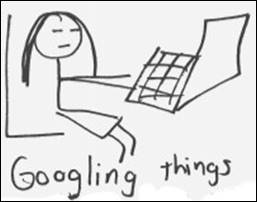Popping in here (in the midst of putting the finishing touches on our book manuscript, nail-biting awaiting word from publishers to whom we’ve sent our book proposal, and working with our Data Visualization Assistant on our new project website) to say that we’ve got two conference outings planned for this fall semester. If you’ll be at either, please stop in and say hi!
American Anthropological Association Annual Meetings, Chicago
We’re part of a roundtable session called Embedded and Engaged in Higher Education: Researching Student Entanglements with Technology, which runs from 10:15am – 12:00pm on Friday, November 22. With colleagues from four other colleges and universities who are also working on ethnographic projects in libraries, we’ll explore the role of technology for students in their academic work.
CUNY IT Conference, John Jay College, New York
We’ll also be presenting at this year’s CUNY IT Conference at John Jay. The schedule hasn’t been finalized yet, but it looks like we’re preliminarily slated for 2:15pm on Thursday, December 5 (we’ll update this post when we have the final info). We’ll also be speaking to undergraduates’ use of technology for their coursework, and the ways that student voices add detail about the college experience that can inform faculty and administrative decisions about instructional technologies.

 We are delighted to share that our article about what our research revealed about students’ technology use has been published. This past Monday, EDUCAUSE Review Online published
We are delighted to share that our article about what our research revealed about students’ technology use has been published. This past Monday, EDUCAUSE Review Online published 
